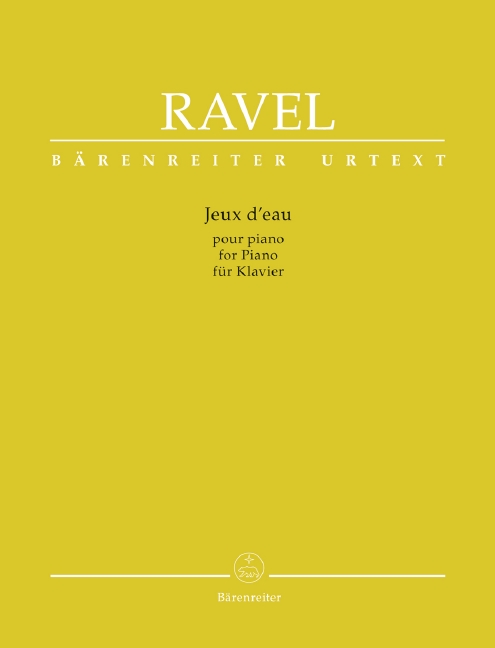Jeux d'eau for Piano
Description
It was unmistakably Liszt's piano piece "Les jeux d'eau à la Villa d'Este" that inspired Ravel to compose one of his most famous works in 1901: "Jeux d'eau". Laid out in sonata form, its sound is governed by myriad motions of water and sustained by innovative, highly virtuosic piano textures against a freely migrating and richly coloured harmonic backdrop.
Nicolas Southon gains new insights by re-evaluating the main sources. In addition, valuable accounts concerning performance practice from musicians close to Ravel such as Vlado Perlemuter, Jacques Février and Robert Casadesus are included. Special attention has been devoted to the original part-writing in Ravel's notation. Rounding off this new and informative edition are an in-depth preface, a trilingual glossary, as well as fingering (alongside that of Ravel himself) and notes on performance by Ravel specialist Alexandre Tharaud.
- Winkel Antwerpen : Disponible
